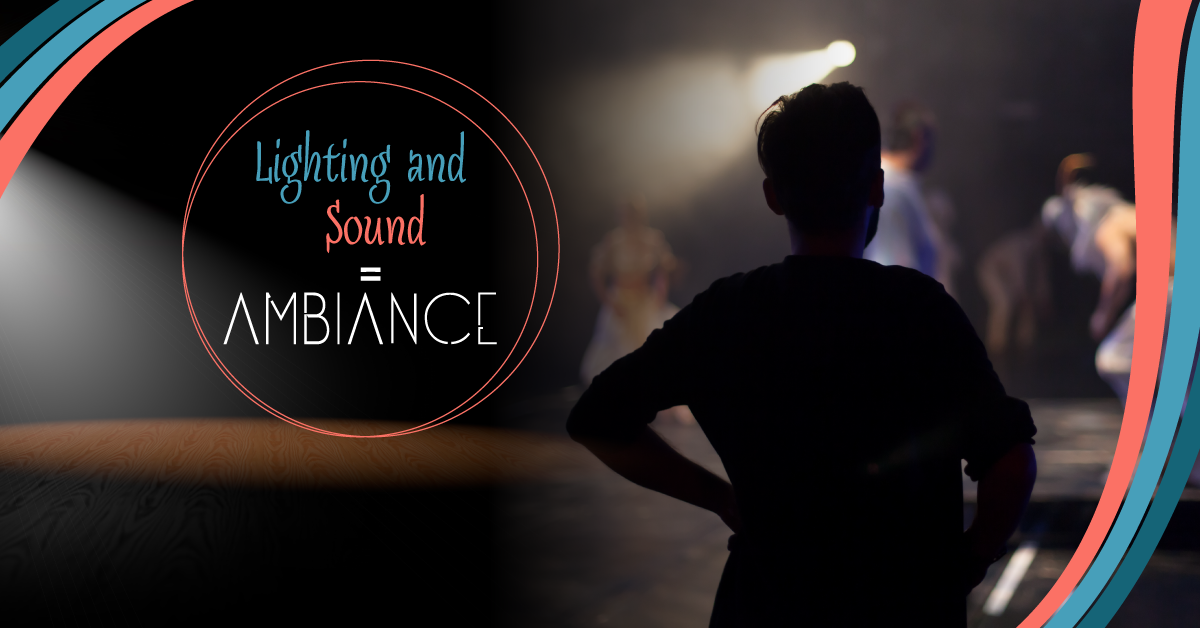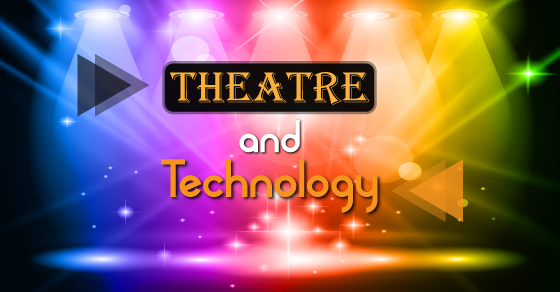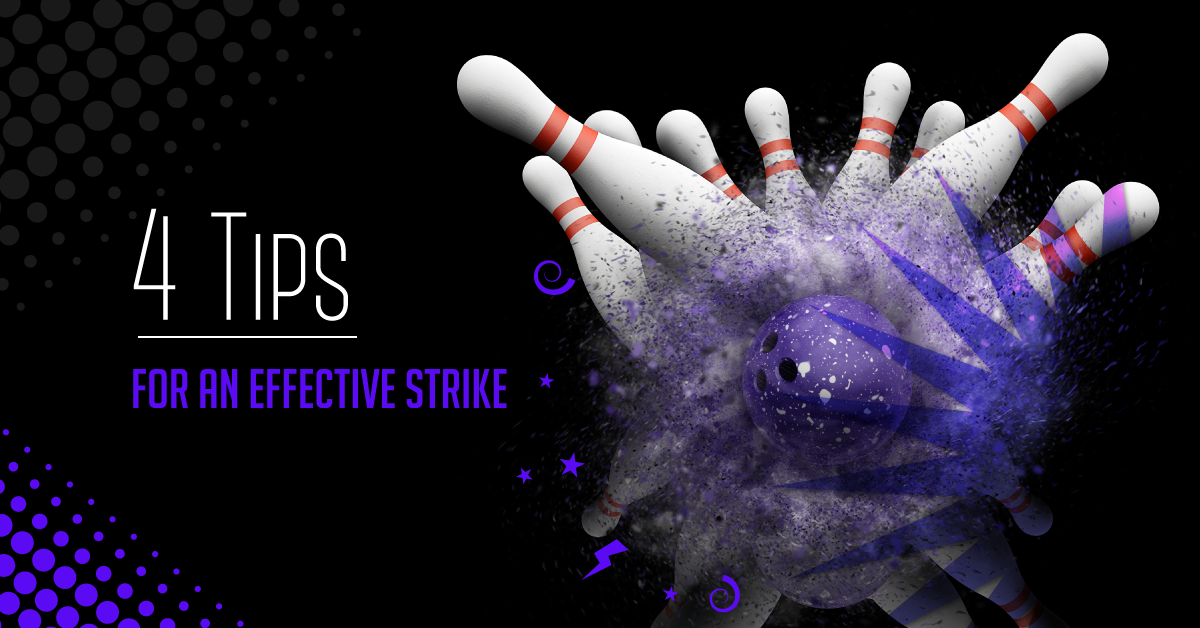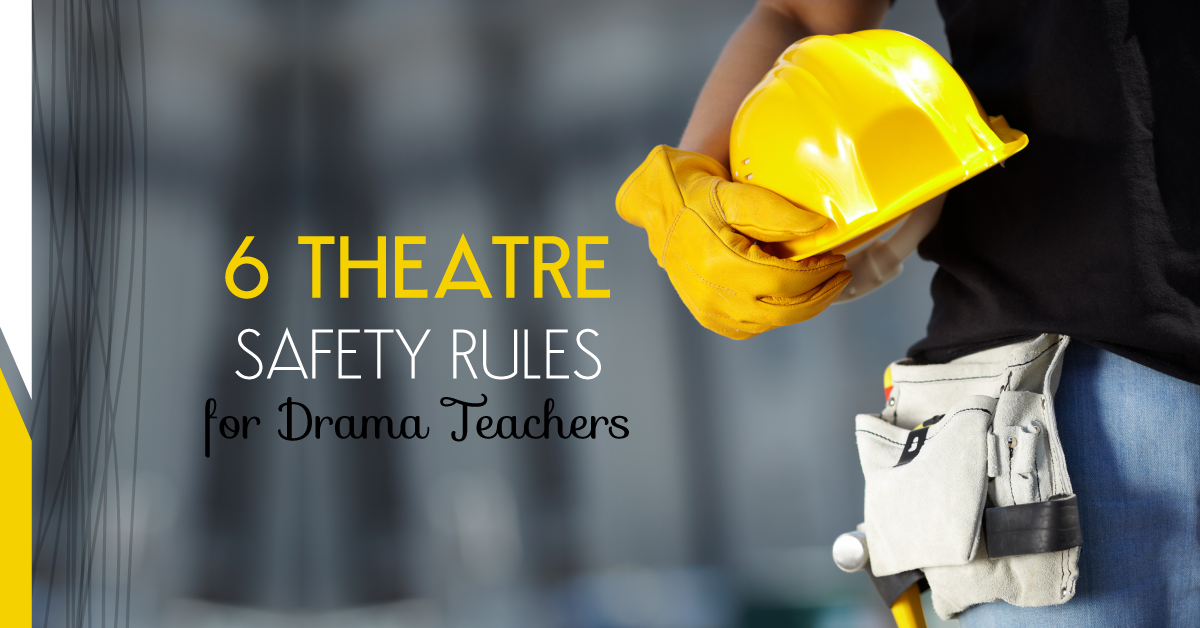Lighting and Sound = Ambiance
What is ambiance?
Ambiance is the feel of your production, or the mood and tone of it. One way you can shape the mood of a show is with lighting and sound. They are your best tools to portray the emotion of your story. You can directly connect your show’s mood to what an audience sees and hears.
For example: if you’re doing a nursery rhyme themed show, what lighting and sound would you use? It depends on the story you’re trying to share with the audience. What emotions do you want to evoke? Joy or fear? Would you use bright colours or dark ones to accomplish that? Would you want the actors’ faces to be illuminated or shadowed? Would you use light-hearted, childlike, upbeat music or something more sombre, brooding, and slow?
Music can play a large part in creating ambiance. It’s a common misconception that a play needs to be a musical to have music. Music not only sets the mood, but it can also ground your setting. Take a castle location. What music would you choose if the castle was the setting of Dracula? Alternatively, what music would you choose if the castle is the setting for a King Arthur comedy?
Lighting and sound can also solve major set dilemmas. There is a famous scene in Les Misérables where Jean Valjean is travelling through the sewers of Paris. Perhaps In a movie you can build the cramped sewer pipes set, but on a stage that is impossible. The answer could be to use a variety grating style gobos, projected onto the floor to represent the light from the sewer grates above. A gobo is a metal stencil or a glass that when you put over a lamp projects the image onto the stage. It’s effective and creates a mood. Sound choices might include an echo or the sound of dripping water. You feel the dankness of the sewer and the desperation of Jean Valjean. That is ambiance.
How can I use this in the classroom?
- Take a picture of a location and project it onto a screen so that everyone can see (NOTE: A sample picture is included in the downloadable PDF version of this exercise)
- Explain to students that this location is the setting for a play but there’s no play yet.
- Play some music to set ambiance. Something upbeat and exciting (search online for adventure movie music).
- Based on the music, ask students to describe the story that takes place in this location. Who is the main character? What will happen here?
- Have students share their descriptions.
- Ask students what kind of lighting would best suit the location, based on the music?
- Keep the picture up, but play a completely different piece of music. Something brooding, dark, and slow (eg: Bach pieces).
- Based on this piece of music, ask students to describe the story that takes place. Who is the main character? What will happen here?
- Ask students what kind of lighting would best suit the location, based on the music?
- Share and discuss how the change in music changed the story. How did music affect the ambiance?



